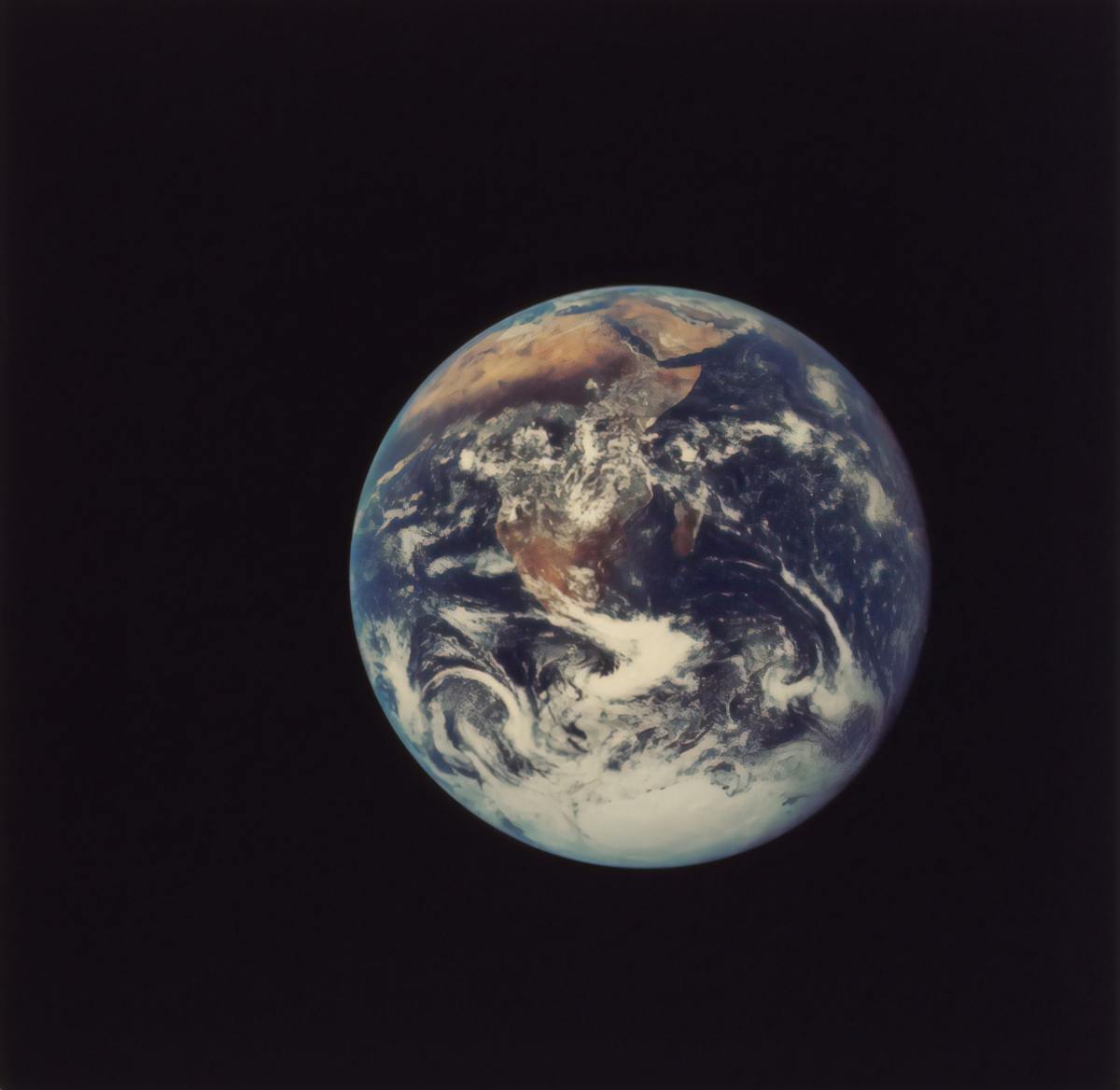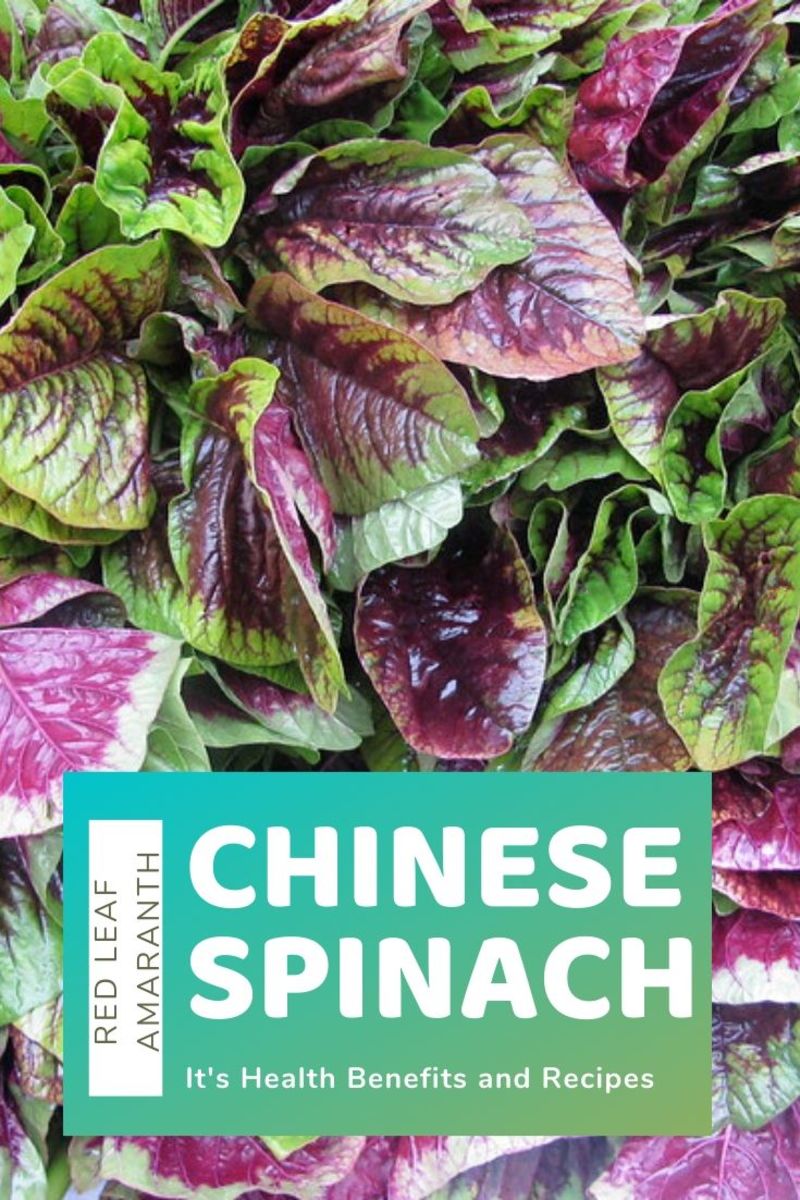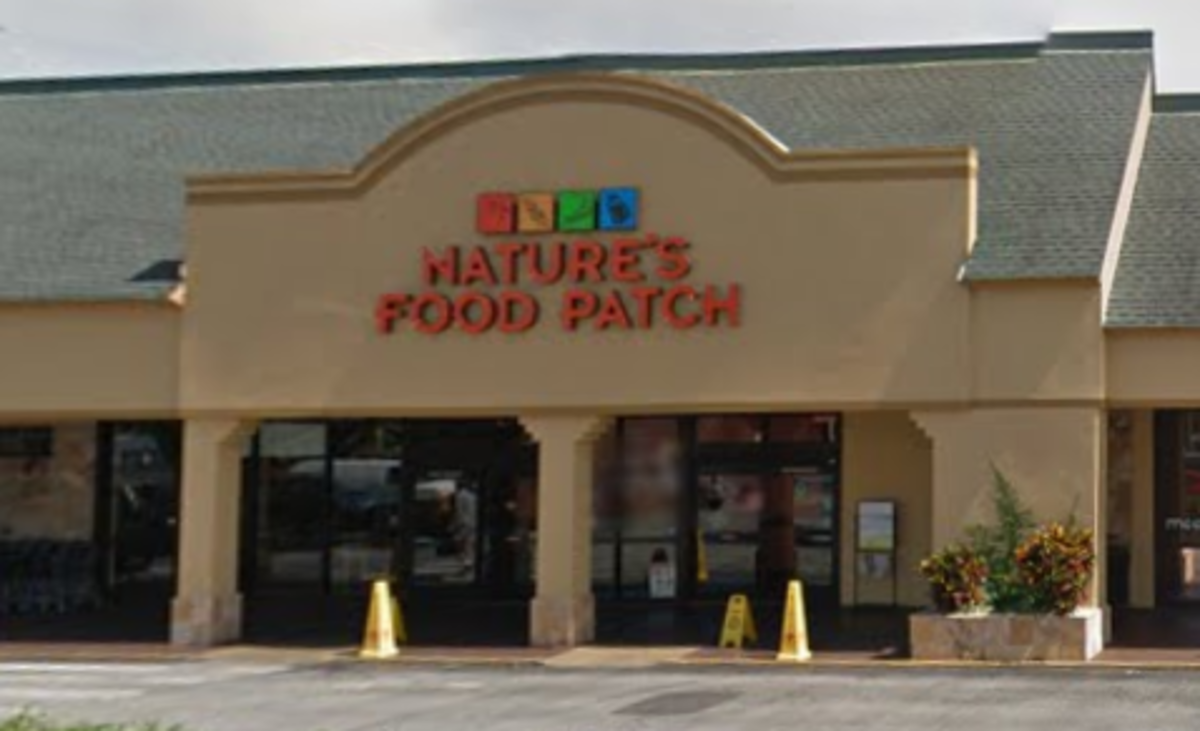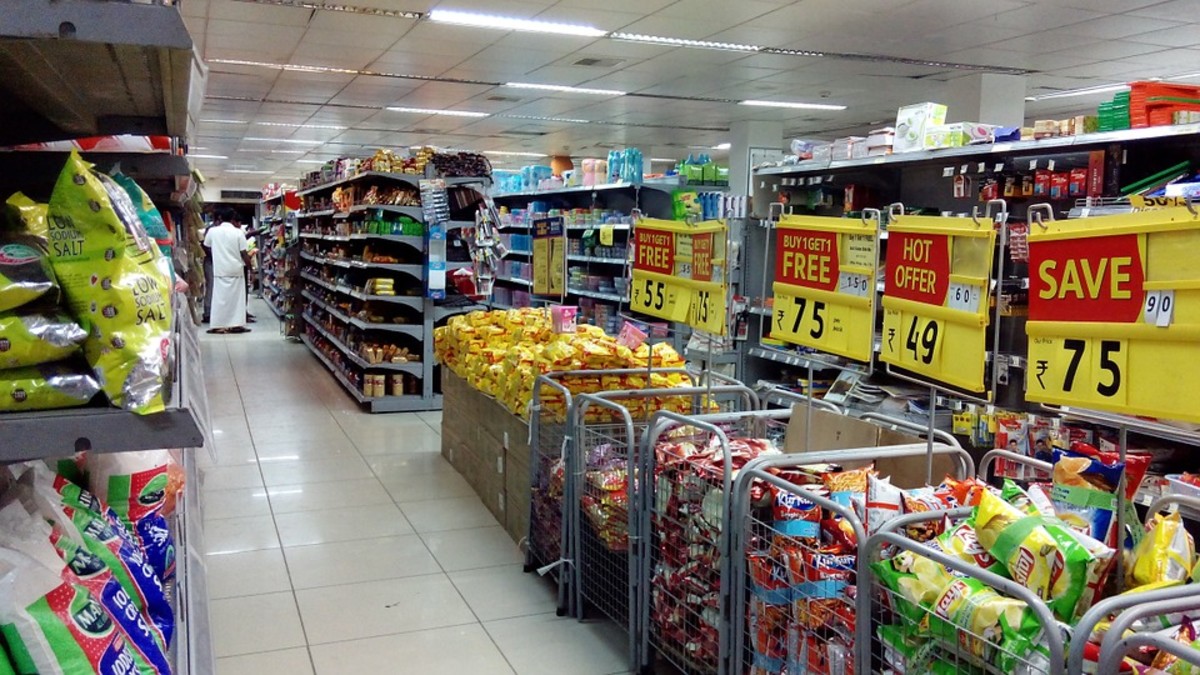Plastic Bags Forbidden? They Cost Billions of Dollars
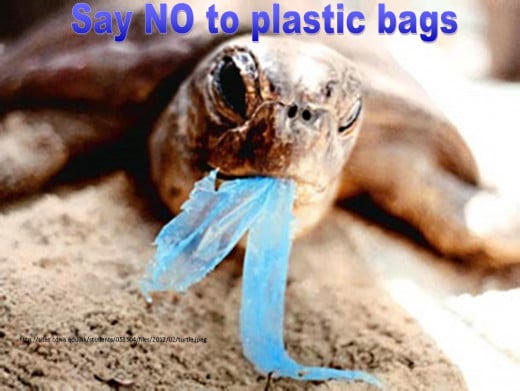
Mountains of Plastic Bags
The annual amount of plastic bags worldwide used for storing food, exceeds far above 1 trillion (>1,000,000,000,000). In the best case, these baggies will end up on the trash heap. But unfortunately are many people indifferent where the wind is carrying their baggies to.
Besides being a horror once ending up in nature, these baggies were already a horror before they were filled! That's twice a horror.
Every bag must be opened before they can be used. Trying to open this pocket with dry hands is nearly impossible. But there are a many ways to do this more efficiently, but they cost time as well.
Time = Money. So, how much money is worldwide lost while trying to open these baggies?
Higher Then Mount Everest - Larger Than Texas
Not so fast. Before starting any calculations, you might want to have an idea how large this problem of plastic baggies actually is.
When you stack all these baggies on one heap, they would all together create (annually!) a coulomb of about 150 times the Mount Everest!
If you would spread this amount of baggies over a surface, they would cover (annually!) an area of Texas and New Mexico together. Try to imagine this.
Impossible to Open
Trying to open these baggies, especially these ultra-thin ones can be a serious task.
With dry hands it can easily take up to 15 seconds. While trying to do this you're in a state of full dedication, and you cannot do anything else, or even think about anything else.
Are you aware of the fact that this time is fully lost? At least a trillion times? These baggies appear to be serious trouble makers!
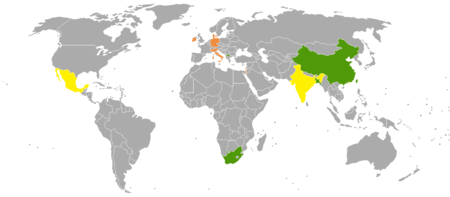
Lost Time Opening Baggies
Imagine yourself every day billions of people spending a fraction of their time opening all these baggies. While doing this, they can't do anything else.
Did you ever observe in supermarkets how people are struggling with them?
Women are mostly quicker in opening baggies, but it takes even the champions a few seconds to open them. The slowest ones (often the men) are in some cases up to 20 seconds busy trying to open a baggy.
The global average time necessary to open a baggy is estimated at about 5 seconds.
We spent all together annually 1.4 billion hours on opening these baggies!
Counted in money, with an average world salary of about $5 per hour, that's together 8 billion dollar.
Annually $ 8,000,000,000 is lost on opening plastic baggies! That's about 1 dollar per cosmopolitan per year. Unbelievable, isn't it?
They are not only bad for the environment, but apparently also for the economy.
This time (=money) is really lost, because it takes high concentration to open a baggy. You really can't do anything else. You cannot even think what kind of vegetables you would like to eat.
With this money we could do nice things, like cleaning up the oceans we all together polluted with plastic during the last decades.
Observed Methods
Ways of Opening
The Helpful Cashier
I am always happy with a cashier that opens a bag for me, of course after licking her finger. Still the most efficient way, only with the same fingers that handles money minute after minute.
It looks as if some people are still unaware of something like hygiene. And where their bags are blowing.
I still have no satisfying way to open this big bags. After trying up to a few seconds I spit on my fingers, to finally open a thin plastic bag for fruit or vegetables. But that way requires a certain lack of shame.
The technique to stretch the bag to make a little opening is not satisfying. The opening closes mostly immediately again or the opening is too fragile to get your finger in.
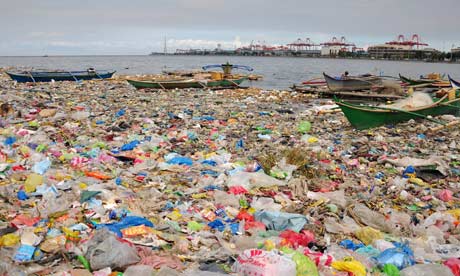
When Are We Free of Them?
The usage of plastic bags in emerging cultures is exploding. Most people want to put fresh purchased products in shiny, new fresh plastic bags without thinking about the consequences.
When the task is done for the bag, it is thrown away somewhere, especially in cultures without any attention how to manage garbage properly. Well, that still means in many cultures.
The wind takes baggies to places where they aren't not blown away anymore, in the seas and oceans. Especially the Pacific has become the biggest garbage bin. The result is an enormous plastic island in the middle of the Pacific.
When are we free from these plastic baggies?
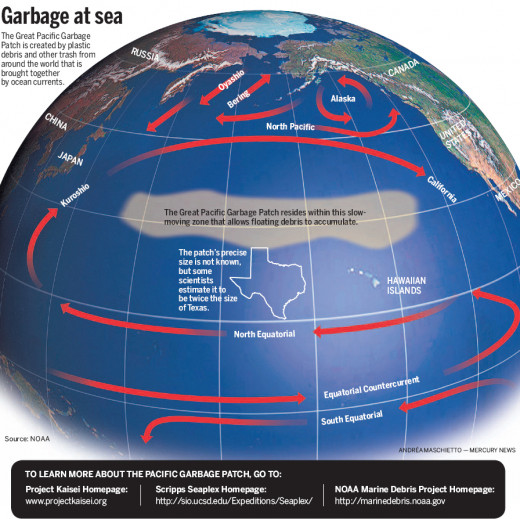
How Baggies Get Into the Ecosystem
The oceans are by now full of plastic that, under the influence of water and sunlight, degrades to pieces of one millimetre and smaller. Reduction makes it much more difficult to filter plastic out of the water, while in the same time the danger for the sea animals increases exponentially.
Almost all sea life, including birds, are suffering under these plastic baggies. All fish and sea mammals are somehow dealing with our garbage. But that won't be without consequences!
We all are responsible for this. It's time that all people start to care.
Alternatives for the Thin Plastic Bag
The very thin plastic baggies are the worst of all. Impossible to open and incredibly bad for the environment. Who has benefit from this thin bags?
Do I have choice? I could put vegetables on a scale without a bag and then put it in something else. But where to put this sticker? The cashier is always confused and sends me back to take a pocket.
What to do with the thin baggies for vegetables?
It is proven that economics (and wars) is the best motivator for innovations. When people have financial profit from changing a habit, they will directly change their habit.
Economics is the only solution, but how? Maybe by showing how much plastic bags cost YOU.
How Much Do We Pay for the Bags?
Besides loosing time, we loose directly money on the free thin plastic bags. How? By its weight on the scale.
The weight is tiny. But the weight counts nevertheless. The more expensive the products per unit weight become, the more the weight of the baggies financially matters.
That one time the scale says +0.001 more, just because of the presence of the baggy, we are actually paying for the baggy.
How much is this globally?
Most of the baggies, in this case the so called 'produce bags', weigh about 0.8 gram per piece.
This weight is added to the average product weight, that is average about 450 grams. That is 0.18% of the product price. An average household spends yearly between $2100 on vegetables and fruit.
So, we pay because of the weight of baggies annually between $3.78, only for the baggies! That might seem not so much, but with the 123 million households in the US that accumulates annually to almost 500 million dollar. That sounds different!
Money Lost on Plastic Baggies
Topic
| Money (annual) Per Person
|
|---|---|
Accumulated loss of time
| $2.60
|
Accumulated weight of bags
| $1.45 ($3.78 / 2.6)
|
TOTAL/PERSON
| $4.05
|
Vacuum Cleaner Made From Ocean Garbage
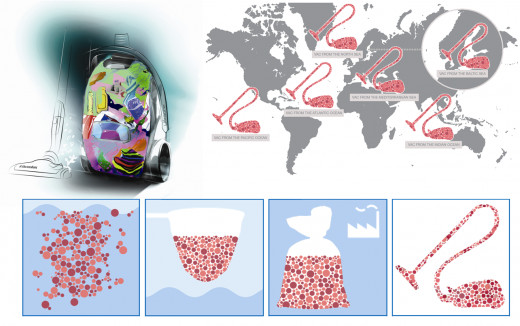
Not For Free
The main issue are not this tough plastic bags. Most people save them to reuse, or take alternative bags to save money. The laws of economy corrects bad behaviour a little bit, because there are many alternatives for them.
The major problem are the very thin "free" baggies people take in the shops or markets for vegetables and fruit. But these bags in the end appear not to be free - the bag has the same as the product. And over a year these baggies appear to accumulate to a considerable price.
Conclusion
With the 1.5 billion households over the world, we loose together a considerable amount of money on a product that is absolutely worthless. Annually an astonishing amount of 29 billion US$ worldwide on both weight and time-loss.
This leads to the conclusion that produce baggies are not as cheap as they appear. They actually cost about 3¢ per baggy. The worst part, the environmental consequences, doesn't seem to care to most people, since they assume the baggies are for free. This approach might shed a new light on this issue.
When, for example the hypermarkets would take their responsibility and stop spreading the plastic baggies in their stores, and offer better alternatives, that would be a huge progress.
The time is ripe that both the retailer and consumer take their responsibility, and start collecting money, and transfer this to the global fund, to clean up the oceans.
If we look at the mess we together created in the Pacific, it is time for action. Now. We should ban plastic baggies instantly. When you don't care for the environment, do it for your own profit then.
© 2015 by Buildreps

